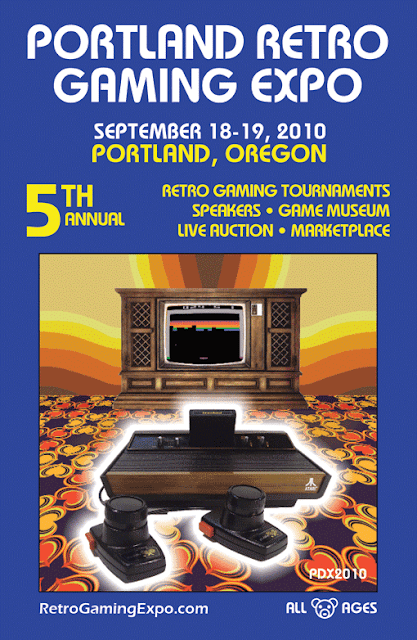The Art of Tron: Uprising (Part 1 of 4): Characters
This month marks the one year anniversary of the cancellation of Tron: Uprising , which aired on Disney XD for 19 episodes. Set between the events of Tron and Tron: Legacy , Uprising chronicled the events shortly after Clu’s rise to power within the stand-alone Grid created by Kevin Flynn. Personally, I think that Tron: Uprising got a raw deal from Disney. It’s a fantastic addition to the Tron saga that went on to win both Emmy and Annie Awards , yet Disney clearly had other priorities and was willing to toss Uprising aside without so much as an official cancellation notice. Even to this day, Uprising has yet to be released on DVD or Blu-ray and I’m wondering if it ever will. In honor of this amazing animated series that was cut down in its prime, I have decided to do something that Disney won’t. Since there will never be an official Tron: Uprising art book, I have searched across the Internet to find a selection of art from Uprising that I can share here on my blog with







Comments
Post a Comment